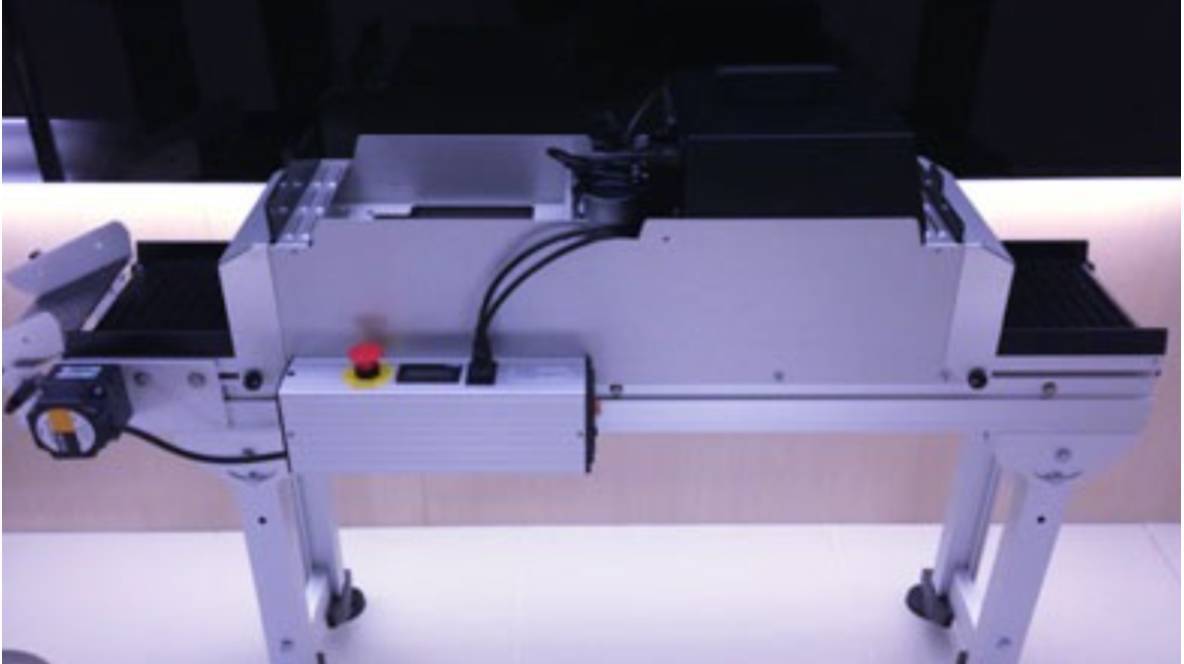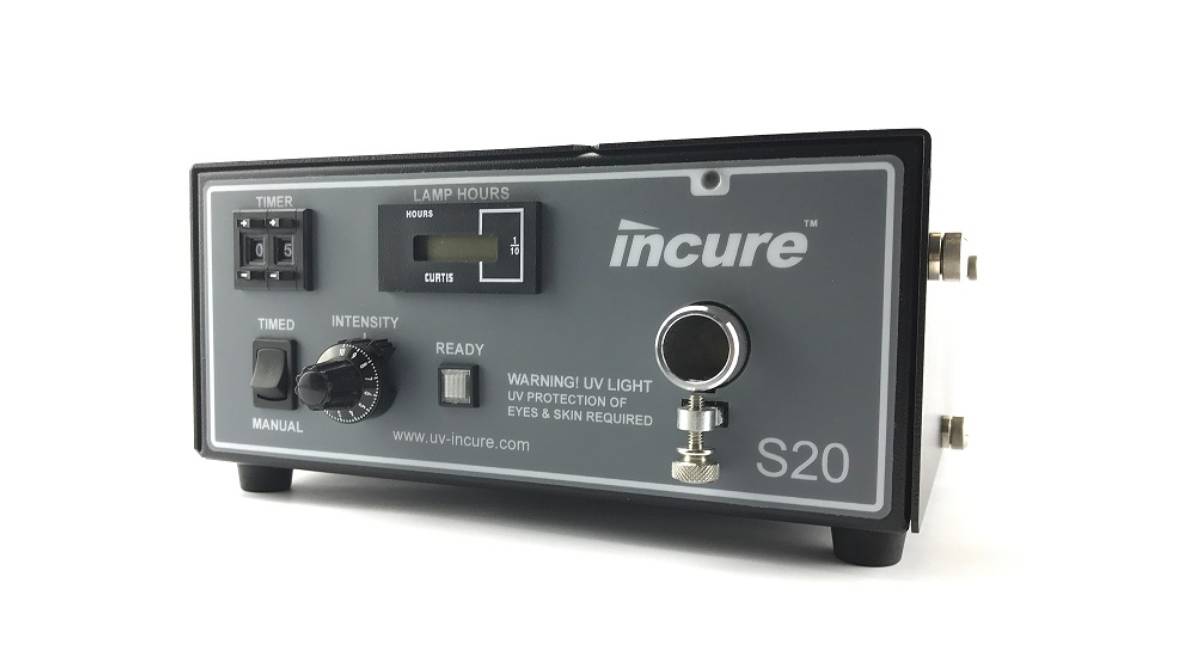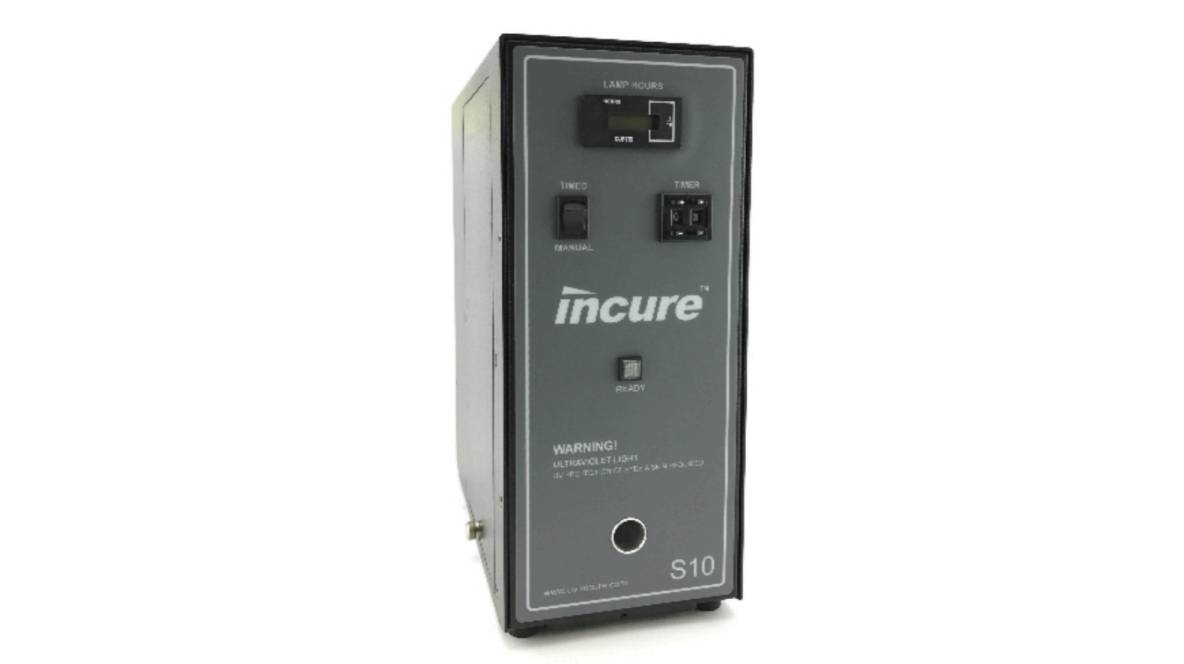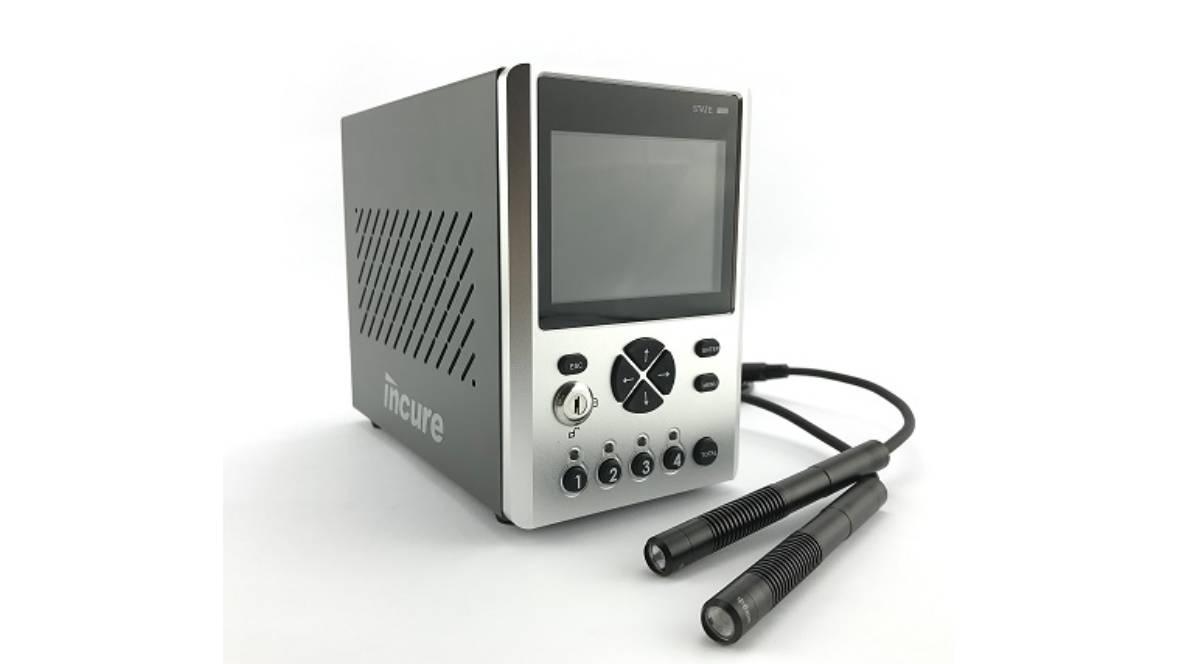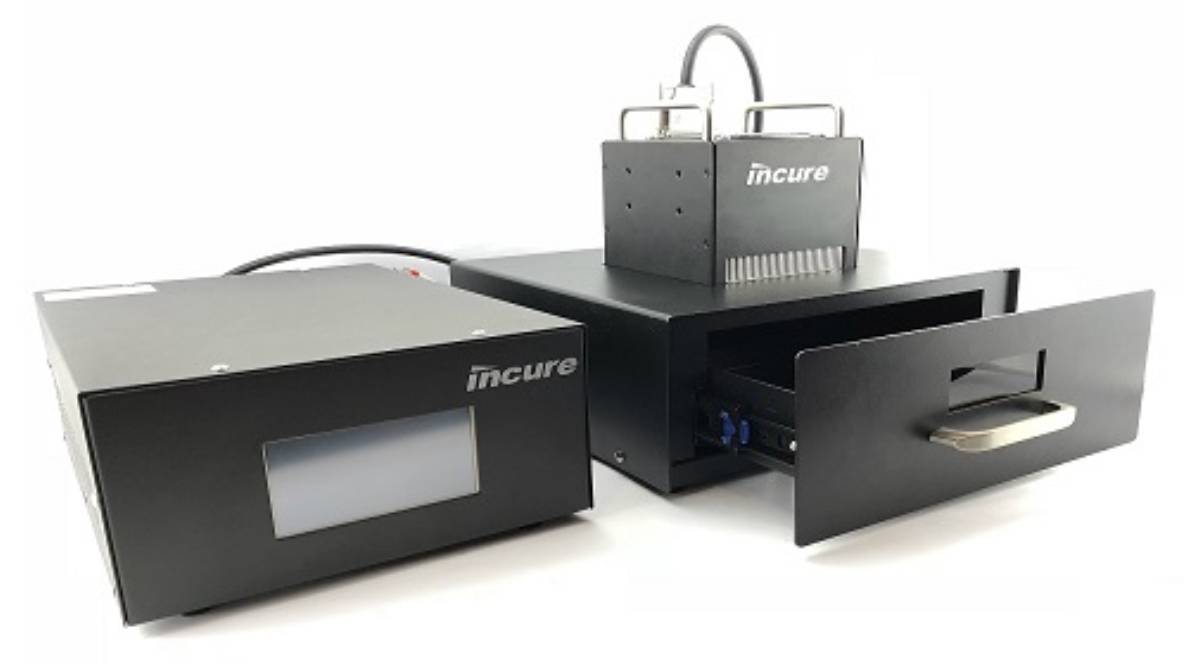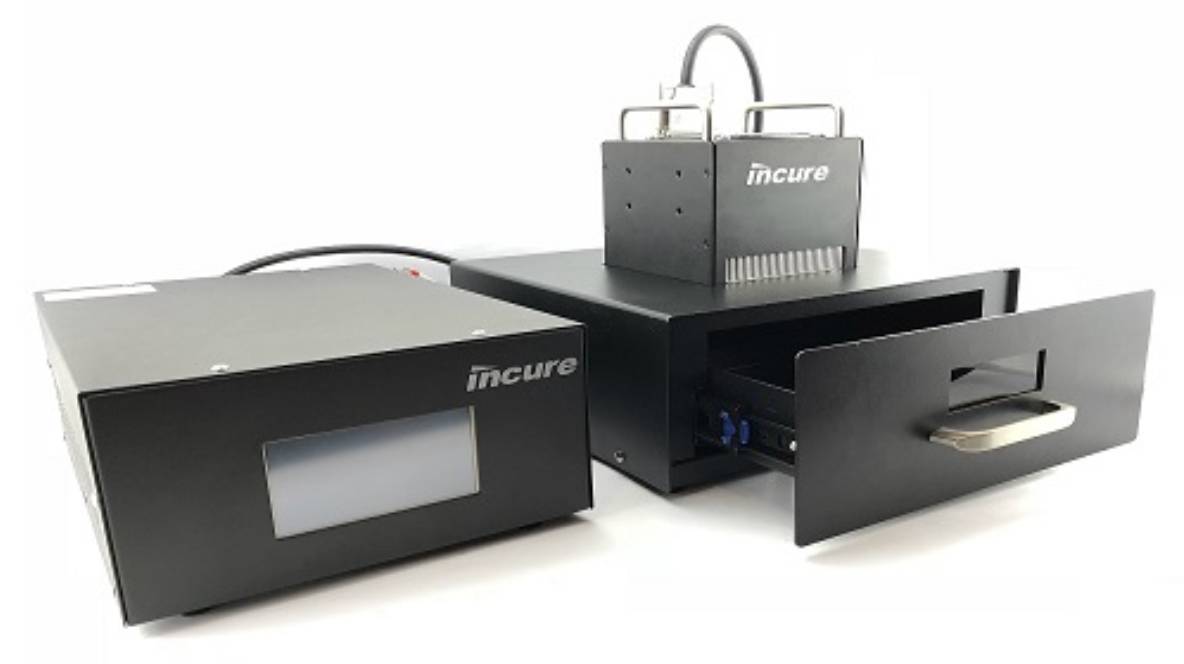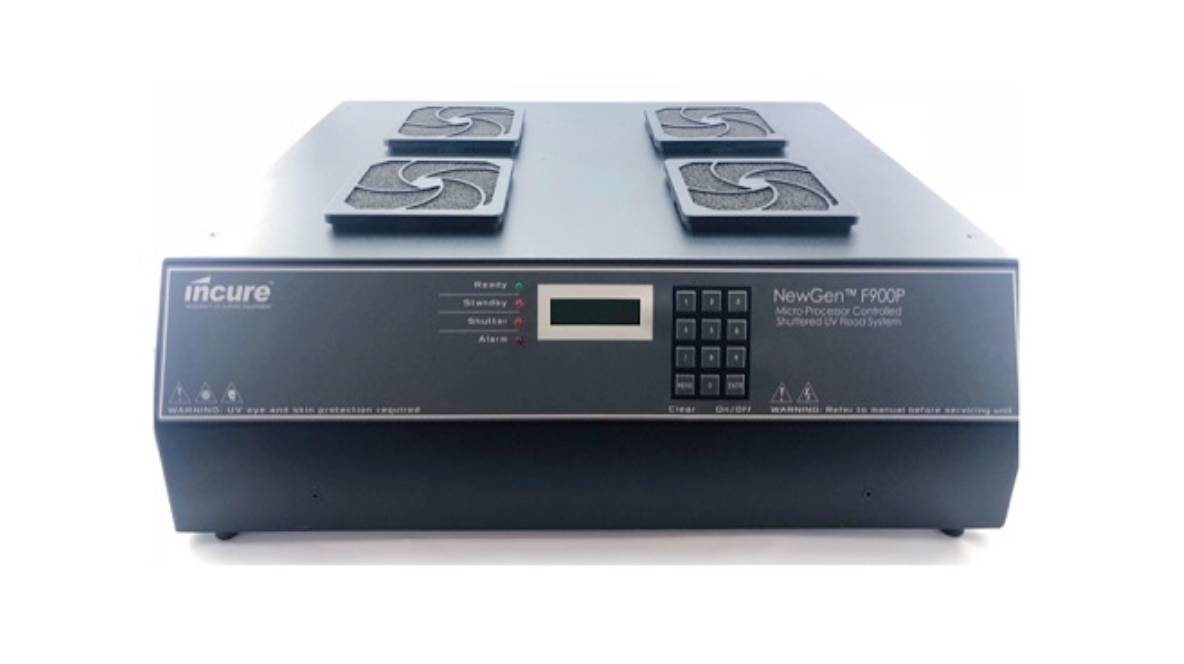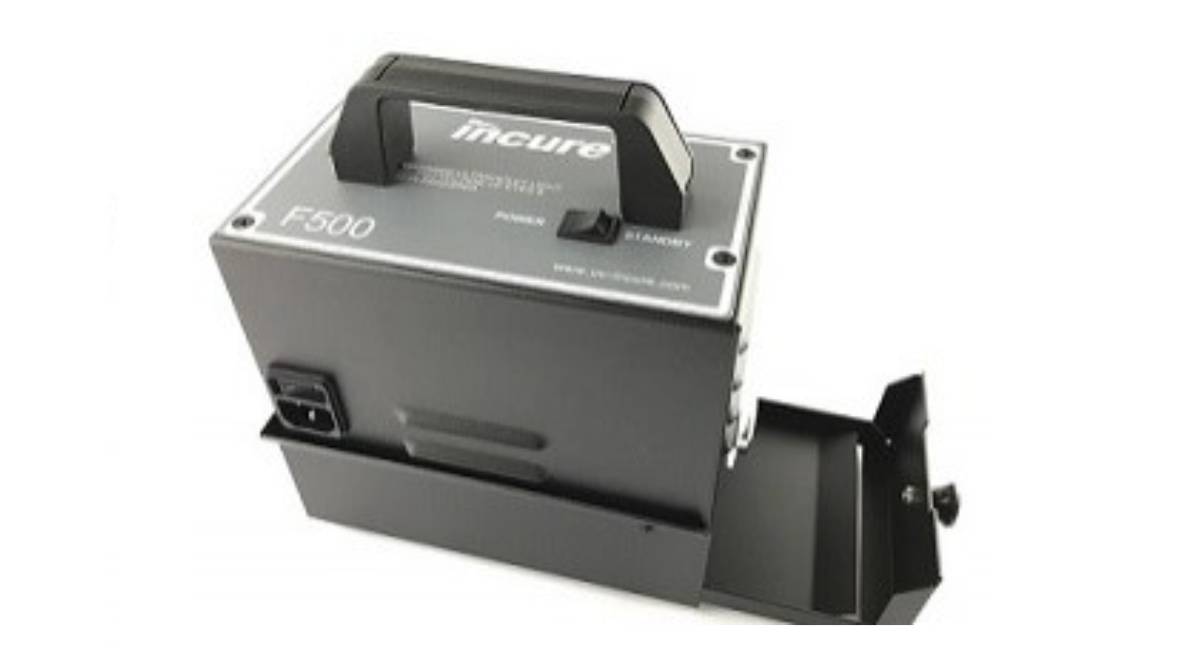UV Curing Conveyor Systems: Fast, Efficient, High-Volume Production
The world of light-curable materials demands efficient and scalable solutions for production environments. The NewGenTM C9000 UV Light Curing Conveyor Systems by Incure emerge as a frontrunner, offering a compelling combination of compact design, high versatility, and advanced features to seamlessly integrate into your workflow. Let’s explore the advantages, diverse applications, and key factors to consider when choosing the C9000 to streamline your high-volume curing processes.
Advantages of the NewGenTM C9000 UV Light Curing Conveyor Systems:
- Compact Design: The C9000’s space-saving design makes it ideal for maximizing production floor space, even in smaller facilities.
- Highly Versatile: The C9000 can be configured with single or dual high-intensity lamps, allowing for adaptability to various curing requirements. Additionally, the lamps can be detached and used as stand-alone systems for added flexibility.
- Adjustable Lamp Height: The C9000’s adjustable lamp height (from 1.5 to 5 inches) ensures optimal curing for a wide range of part sizes and geometries.
- Variable Speed Control: The variable speed motor with a velocity regulating drive allows for precise control of the conveyor belt speed (up to 12 ft/min) to accommodate different curing times and material requirements.
- Optional Intelligent iPatrol UMS: This advanced monitoring system utilizes sensors to monitor UV lamp output in real-time, triggering alarms if the power falls outside the preset range. This ensures consistent curing quality and prevents potential production issues.
Applications of the NewGenTM C9000 UV Light Curing Conveyor Systems:
- High-Volume Production Lines: The C9000 is ideal for seamlessly integrating into existing production lines, enabling efficient and continuous curing of light-curable materials.
- Automotive Industry: Curing adhesives, coatings, and sealants on automotive components.
- Electronics Manufacturing: Curing UV-curable adhesives and coatings used in electronics assembly.
- Medical Device Manufacturing: Curing adhesives for bonding medical devices and components.
- Printing Industry: Curing UV-curable inks and coatings on printed materials.
- Furniture Manufacturing: Curing UV-curable finishes and coatings on furniture components.
Choosing the Right C9000 UV Light Curing Conveyor System:
Selecting the most suitable C9000 configuration requires careful consideration of several factors:
- Production Volume: Evaluate your production volume to determine the optimal conveyor belt length and system capacity.
- Curing Requirements: Consider the specific curing times and lamp intensity needed for the materials you’ll be using.
- Part Size and Geometry: The adjustable lamp height and potential for single or dual lamps should accommodate the size and shape of your parts.
- Integration Needs: Assess how the C9000 will integrate into your existing production line layout.
- Monitoring Requirements: Decide if the optional Intelligent iPatrol UMS is necessary for your quality control and production monitoring needs.
Conclusion:
The C9000 UV Light Curing Conveyor Systems offer a compelling solution for manufacturers seeking to streamline high-volume curing processes. By understanding its advantages, diverse applications, and key selection criteria, you can determine if the C9000 is the right tool to elevate your production efficiency, ensure consistent curing quality, and achieve optimal results in various industries.
Ensure peak performance in your industry/application with regular maintenance or an upgrade to Incure UV conveyor system. Enhance efficiency and extend longevity. Browse Replacement Parts or View Upgrade Solutions. Contact Us for personalized guidance and tailored recommendations. Visit www.incurelab.com to learn more or request a quote.
